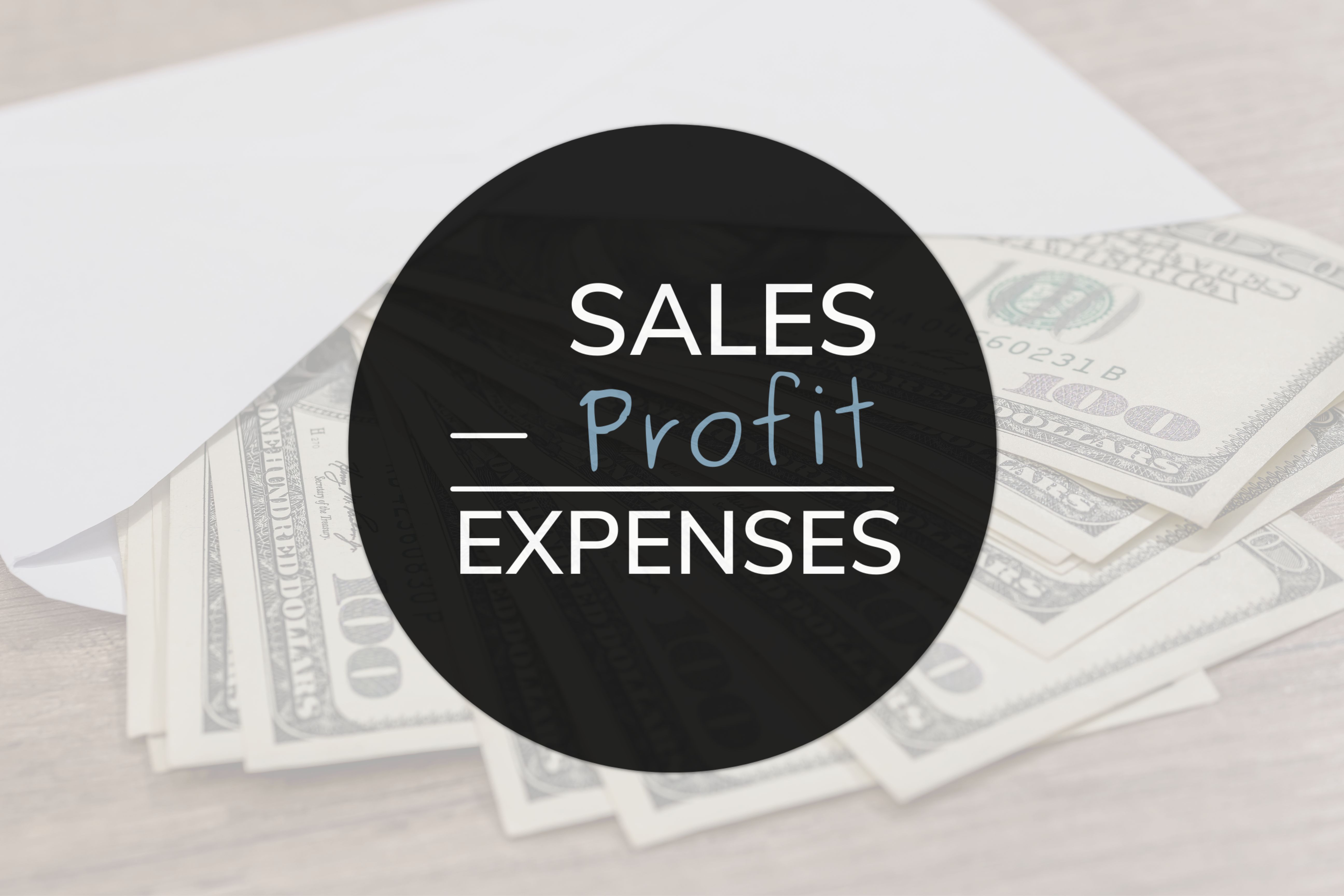5 Steps to Take Control of Your Finances: Smart Budgeting for 2025
Let’s be real—budgeting gets a bad rap. People hear the word and immediately think restrictions, cutbacks, and spreadsheets from hell. But a budget...

Developing a budget is a crucial aspect of running a successful business. A budget provides a roadmap for allocating resources, making informed financial decisions, and supporting growth throughout the year. In this post, we will guide you through the essential steps and considerations for creating a budget that sets your business up for success.
A well-crafted business budget isn't just about managing your cash flow for the next week or month—it's a strategic tool that can shape the success of your business for years to come. By creating a budget, your business can:
In essence, a business budget not only streamlines your operations but also ensures that your spending is aligned with your long-term objectives, helping you navigate financial challenges and seize growth opportunities.
The longer you’ve been in business, the more data you’ll have to help shape your budget for the future. But if you’re running a startup, you’ll need to dig into the typical costs and revenue expectations for your industry. This research will give you solid estimates for your budget planning.
Once you’ve got that information, here’s how to start building your business budget:
Ideally, the budgeting process should begin in the third quarter—the year before you need that budget. This early start isn’t just about being early; it’s about being ready. It allows you to come up with a detailed plan with decisions included in the plan, giving you time to take a holistic view of your business and make sure nothing gets missed.
You’re not alone in this. Bring in the key players from different parts of your business. You might be looking at the numbers, but they’ll bring the stories behind those numbers. You may look at the figures and determine that a particular program or initiative within the business is not important, but including key stakeholders and the qualitative elements of that program or initiative may reshape your decision making. The collaboration helps balance the hard data with real-world insights, making your budget smarter.
Revenue is the lifeblood of a business – it dictates how much you can spend and where you can invest to grow. Your revenue and corresponding gross margins become your resource pool for how you want to allocate funds across your business to achieve your goals. Revenue is generally the figure most influenced by external factors such as opportunities and threats and is greatly influenced by competition, socio-economic factors, as well as business capacity.
Speaking of capacity – there is a two-way dependency between capacity and revenue that is unique in financial modeling and plays an important part in resource addition and subtraction from an expense standpoint.
To effectively manage your budget, it is essential to classify expenses as fixed or variable. Fixed expenses, such as rent and utilities, remain constant regardless of your business's sales volume, and generally do not go away, even if business volume decreases or ceases.
On the flip side, variable expenses, such as the cost of goods sold and direct labor, fluctuate with your sales. Variable expenses generally will sit above the gross profit line (but may not, particularly if step expenses are considered) and help you arrive at gross margin, which is generally your resource pool for all other expenses after the cost of providing your good or service.
Budgeting isn’t a set-it-and-forget-it deal. It’s an iterative process that requires continuous refinement. Also important to keep in mind: There are times when you make an adjustment to the budget and there are times you need to adjust what you're doing to make the budget.
As you monitor your budget throughout the year, compare your actual results with your projected figures. When needed, it may be important to make adjustments, typically on a quarterly basis. If there is, for example, a significant customer add or drop, it is counterproductive to analyze and discuss on an ongoing basis. Making an adjustment will force you to expand or contrast your resources in order to accommodate that significant change in your pipeline and will allow you to analyze your business with a new set of constraints.
On the other hand, for smaller budgetary infractions, you may want to leave it alone – particularly negative infractions. You set those constraints for a reason, now you just have to work to make up whatever you missed.
What’s next for your business? As you develop your budget, consider your growth goals and any new initiatives you plan to undertake. Whether it's expanding your existing brick-and-mortar store or launching a new product line, integrating these goals into your budget allows you to allocate resources accordingly. Examining the gap between your projections and actual results empowers you to allocate resources efficiently and keeps you ready for opportunities and challenges alike.
When budgeting for new products or services, it is key to evaluate the return on investment (ROI). Conduct a comprehensive analysis of the inputs and expected outcomes of your new project. While predicting the future is challenging, an ROI analysis helps you make educated estimates.
Assess the results after the project to understand the ROI and determine if any adjustments are necessary or if it was a bad investment. Yes, just like quarterbacks in the NFL throw interceptions, entrepreneurs make bad investments. There are times when throwing additional dollars at a project is not the solution – follow the sunk cost theorem, cut your losses, and move on.
Developing a budget for a small business is a fundamental practice that sets the course for success. By starting early, budgeting revenue accurately, classifying expenses, refining your budget, and aligning it with growth goals and initiatives, you can make informed financial decisions and navigate the challenges that come your way.
Remember, budgeting is an ongoing process that requires flexibility and adaptability. By staying vigilant and monitoring your financial statements regularly, you will be well-prepared to achieve your business goals and thrive in today's competitive landscape.
Curious about more ways to optimize your small business budget? Hit that ‘Let’s Chat’ button below and see how Kaizen CPAs + Advisors can help you gear up for growth.

Let’s be real—budgeting gets a bad rap. People hear the word and immediately think restrictions, cutbacks, and spreadsheets from hell. But a budget...

Most CPA firms don’t encourage the Profit First model, here’s why we do. Profit First is a book written by Mike Michalowicz on how to properly budget...

Growth is probably one of your goals this year for your small business – and if it isn’t, it should be. That said, not all growth is created equal....